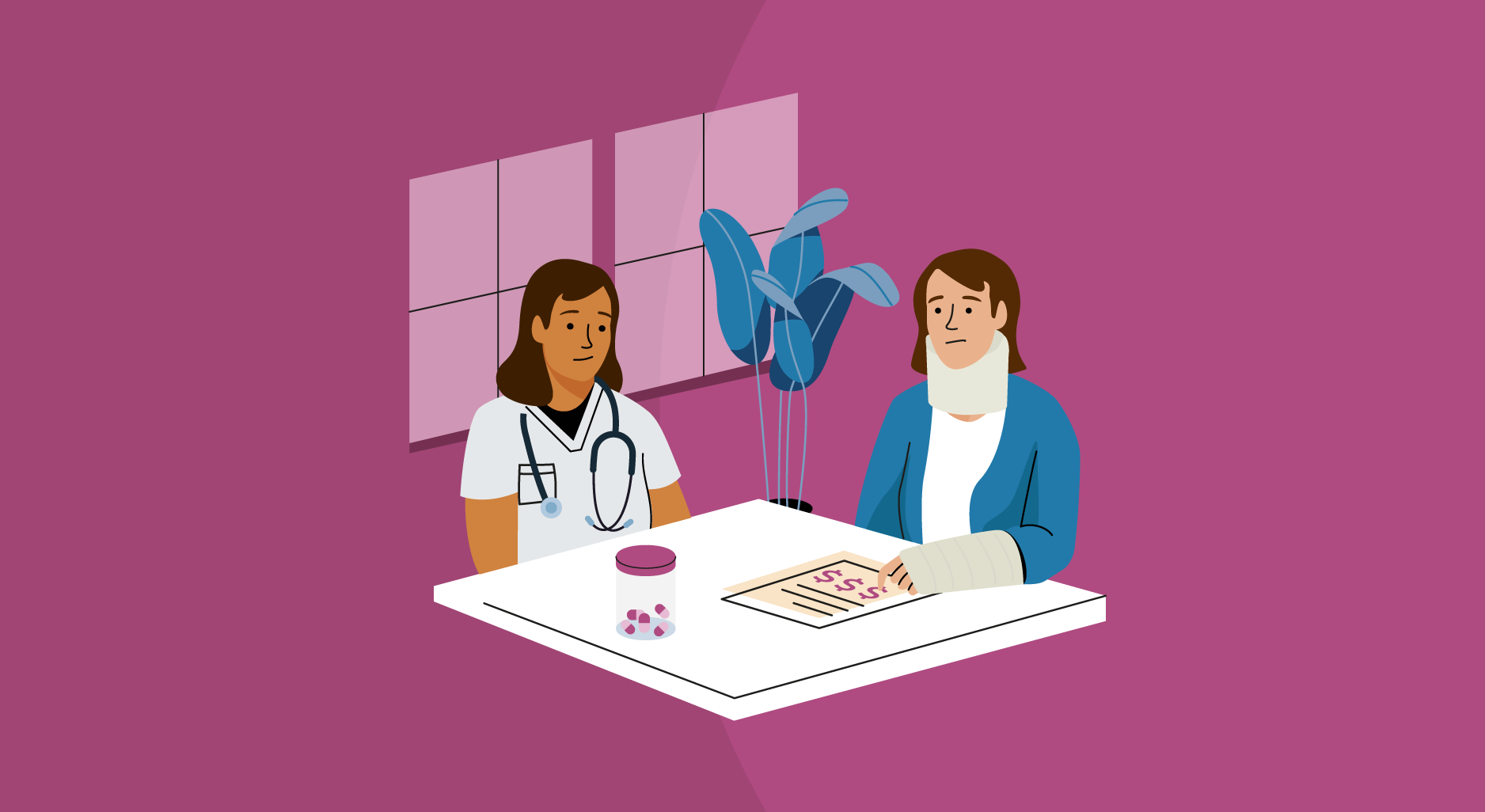[*]
The No Surprises Act—passed in December 2020 and effective January 2022—gives patients federal protection against unexpected medical balance bills incurred from unintentionally receiving care from an out-of-network provider.
For healthcare providers, the impact of this legislation varies depending on specialty, practice type, and prior billing practices. For patients, though, it has had a positive effect across the board.
To understand the real-world consequences of surprise bills for patients and their expectations of providers moving forward, Software Advice surveyed 500+ patients in the U.S. who received care from providers outside of their insurance network within the past five years and received an unexpected bill as a result.[*]
Using the information in this report, healthcare providers can adjust their business practices to improve communication with patients regarding billing, which will in turn increase payment rates, improve patient experience, and allow for better care and outcomes.
Key findings
- 91% of patients say a medical bill received for out-of-network care was higher than anticipated.
- 25% who received an unexpected bill had to put off other bills to pay for it.
- Patients most often receive unexpected out-of-network care because they either believed they were fully in-network (46%) or weren’t able to make an informed decision about their care because they were in an emergency situation (37%).
- 39% of patients received bills for out-of-network care that were more than $1,000, and 22% have no way of paying this bill without financial help.
- 95% of patients support the No Surprises Act.
Patients aren’t seeking out-of-network care on purpose
One of the most compelling findings in our survey had to do with the circumstances in which patients find themselves receiving medical care from providers outside of their insurance networks.
In the vast majority of these situations, patients are unable to make an informed decision about who they seek care from, meaning they have no control over who treats and subsequently bills them.
Nearly half of the patients in our survey were under the impression the provider(s) who cared for them at the time were covered by their insurance.

Over a third of patients say they were in an emergency situation and either didn’t have time to make an informed decision or were physically unable to make an informed decision about who they sought care from.
Considering the average out-of-pocket costs for non-covered treatments, the financial damage this can do to patients is astronomical—which is especially alarming alongside the realization that patients often have no control in these situations.
Surprise bills cause significant financial strain for patients
Speaking of financial damage, we sought to gain a clearer understanding of the actual costs and financial burdens surprise medical bills have on patients.
We found that 34% of patients paid between $100 and $500 for unexpected bills, and nearly another third paid between $1,000 and $5,000.

According to recent census data, the median income of American households is $67,521, which means an unexpected bill of $500 would be about 18% of a household’s paycheck.[1]
This explains why one in five patients aren’t able to pay their surprise medical bills without some form of financial help, and why another 34% have to get on payment plans to balance their bills.

For the patients who utilize payment plans, over half of them pay a monthly payment of less than $100. And yet, 62% of these patients took or expect to take up to a year to pay off their debt in full.
Finally, and most alarmingly, a quarter of patients in our survey say they have skipped making a payment toward other necessary bills or essential items in order to pay their medical bills each month.

The implications of this are particularly important (though often overlooked) from a healthcare standpoint. Patients in recovery need certain essentials in order to fully heal from injuries or illness. The fact that paying for treatment of these injuries and illnesses is keeping them from being able to afford such necessities is a real Catch-22.
Which brings us to you, and how your practice can fix these issues to improve patient experiences, care quality, and actual outcomes.
Patients expect more from providers—here’s what they want
Setting aside the stipulations of the No Surprises Act, let’s consider the practical strategies you can start using to improve the billing process for your practice.
To do that, we asked patients how they prefer providers to communicate medical costs. The top-chosen response was that providers should have conversations with patients about the expected costs of procedures before doing them.

In the real world, this isn’t always easy. Most doctors don’t actually know exact costs associated with specific procedures, and it’s even harder to nail down when you factor in different insurance providers, plans, and coverage levels.
To solve this problem, providers can lean on employees who are familiar with billing to have these conversations for them. Consider building time into certain appointments after the exam takes place for an employee who handles billing and coding to speak to patients about the costs associated with any procedures providers have recommended.
If possible, have these team members verify patients’ insurance before they even come in for the exam in order to save time during this process.
The second most-selected response had to do with patients receiving an itemized list of charges alongside their bill to help them understand exactly what things cost. This came up again when we asked patients about things that would have improved their experiences with surprise bills.

In situations where providers can’t communicate pricing expectations before delivering care—for example, emergency situations in which patients were unable to make decisions—the next best solution is to be as transparent as possible with the bill so patients can at least see what they were charged for which services.
This also enables patients with insurance coverage to take up the matter on their own and go directly to their insurance providers with questions, removing the matter from your plate.
According to the patients in our survey who communicated directly with their insurance provider regarding surprise bills, insurance representatives do a pretty fair job of helping them work out any issues.

From a provider’s perspective, it’s easy to chalk this all up to overly-complex insurance coding requirements and other billing practices that are out of your control. If that’s what you’re thinking, you’re right. But it doesn’t mean you shouldn’t be doing anything about it.
Taking steps to work with patients on billing matters is a great way to increase your collection rates. It’s also a hugely helpful strategy for improving patient experience, which in turn will foster loyalty among your patients and bring repeat business.
Benefits of providing billing resources for patients:
- Increased collection rates: If patients are better prepared for what their bill will be, they are more likely to be able to pay it in a timely manner. Ensuring your patients know what to expect means you’ll be paid for your services in full and on time.
- Improved patient experience: By providing friendly assistance to help patients understand the (often complex) billing process, you’re creating a better experience for your patients. This will make patients more likely to come back to your practice and/or recommend your practice to others.
- Better medical outcomes: By talking through all of the financial implications of treatments, you’re able to set expectations and goals more effectively. Patients can plan around what they will need to spend—both on the actual medical treatment and other nebulous factors such as time off work or medications. Armed with this knowledge, patients will be more able and likely to follow post-treatment instructions, resulting in better outcomes.
Survey Methodology
* Software Advice’s 2022 Medical Billing Survey was conducted in September 2022 of 512 patients within the U.S. who have all received medical care from a provider outside of their insurance network (either intentionally or unintentionally) within the past five years, and who received an unexpected medical bill as a result of that care. We used screeners to narrow respondents down to those who fit these parameters.
Sources
- Income and Poverty in the United States, Census.gov
[*]Source link
Need Any Technology Assistance? Call Pursho @ 0731-6725516







